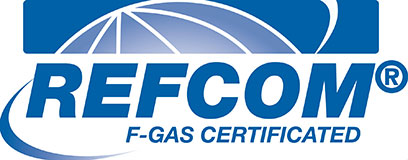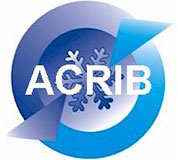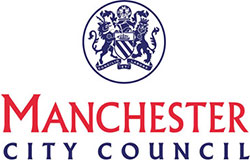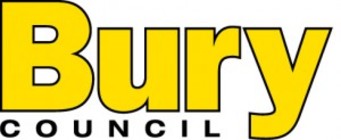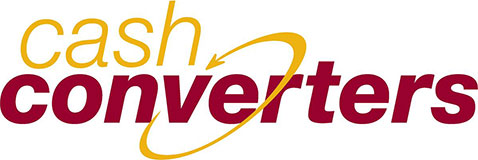Important notes for air conditioning systems being used for heating
The following notes are intended for those purchasing air conditioning systems for the purpose of heating. They outline how the outside air temperature may affect the heating performance of your equipment and the type of heating that is produced from these units.
The technology you have been quoted for is an air-air heat pump. You may have heard about their counterpart air-water heat pumps in the national press, as the government are pushing these as the favourable form of heating to replace gas boilers in our homes.
In essence, they are similar technologies, with one transferring heat into a fan coil unit (wall unit, cassette unit, ducted unit – as you have been quoted for), and the other transferring heat into water, which is then run around the home to feed under floor heating or radiators.
In the heating mode, the air-air heat pump extracts heat from the outside air and transfers it inside. This is accomplished by using the refrigeration process to extract heat from the outside air and transfer it to the indoor air. The outside air is drawn into the heat pump and passed over the evaporator (outdoor unit in this mode), which is a coil containing a refrigerant. The refrigerant absorbs the heat from the outside air as it evaporates, and the heat is then transferred to the indoor air as it passes over the condenser (indoor unit in this mode).
As the temperature decreases outside, there is less useful heat in the outside air for the heat pump to extract; so the heating process takes longer and in some conditions (+5°C and below external temperatures) the heat pump can struggle to maintain a comfortable temperature and additional heating, increased pre-heat time, or both may be required.
Heat pump defrosting
Many users may think that there is a problem with their system when the unit goes into defrost mode during a prolonged spell of heating. On a system with a hard-wired controller, this is indicated on the screen, but on systems with infra-red remote controls, there is no visual indication of this happening.
Heat pump defrosting is a process that is used to remove frost and ice from the outdoor unit of a heat pump. This is necessary because frost and ice builds up on the outdoor unit, reducing its ability to effectively transfer heat from the air outside to the air inside a building.
When the heat pump is in defrost mode, it reverses the flow of refrigerant and uses heat from the indoor air to melt the frost and ice on the outdoor unit. This temporarily reduces the heating capacity of the heat pump, but it is necessary to maintain its efficiency and ensure that it continues to operate properly.
During this period the user may experience “cold” air blowing from the indoor unit – this is necessary for the reasons above and there isn’t a “work-around” or way to stop it happening. This is just inherent with this type of technology and necessary to perform the defrost.
Effects of freezing temperatures on outdoor units.
Heating buildings with high ceilings
You may find that, as heat rises, the space you are trying to heat is fairly cool down at desk level but toasty warm up in the high ceiling areas. This is particularly true for buildings with high or vaulted ceilings, and unavoidable, regardless of the type of heat source you are using (A/C, gas, electric, etc).
In most instances, the high voids fill up with warm air and then, as the heating continues, it starts to have an increased effect on the lower areas as the entire space becomes full of heat. The delay in this happening may be more noticeable during really cold weather when the fabric of the building is losing heat quicker than the heat pump can provide the heat.
In other instances (e.g., where there is poor insulation/all brick construction/all concrete construction), the heat can disappear through the roof or fabric of the building, and it is difficult to maintain a good air temperature within the space.
In these situations, we would always recommend the use of destratification fans to push the hot air from the ceiling back down into the space. This results in a much better environment within the area as it brings the heated air back down to where it’s needed at low level. More importantly, bringing the heat back down to where it is needed reduces the running time (and thus costs) of the heat pump and improves conditions within the space.
Heat-load/heat-loss calculations
Unless expressly indicated in our quotation, your equipment has been sized using a combination of rule of thumb, equipment loadings (if known/provided), and over 50 years of experience in the industry.
In most cases this method of equipment selection is perfectly fine and doesn’t provide any issues. This is because the cost of a consultant carrying out a full thermal model/heat-load/heat-loss calculation can often be somewhere in the region of £500 per area – a cost which can’t be absorbed – especially at tender stage.
Drip trays/drainage to outdoor units
In the process of the defrost cycle occurring, the outdoor coil will thaw out and drip water. On systems equipped with standard draining facilities, we usually drain this water through an ‘outdoor unit bung kit’. This kit, when available, bungs up the circular holes in the bottom of the outdoor unit and provides and drain outlet. In instances where a bung kit isn’t available for the unit, we may suggest, at additional cost, the fitting of an outdoor unit drip tray, which fits beneath the unit and catches this water.
Whichever option is used, we then run it to a 22mm overflow drain – which will run to a soakaway/open drain (or in instances where this isn’t possible, and it is confirmed as ok with the customer, we drain it elsewhere – i.e. to a pathway/grass/etc).
This is all fine and works perfectly for most of the year but, when temperatures get below freezing, the water in the overflow drain can freeze up. This leads to water spilling over the drip tray/out of the outdoor unit and it falls on to the floor (as the drain is then blocked with ice it has nowhere to go).
We occasionally fit, at extra cost, trace heating tapes to the outdoor unit drainage system, which helps prevent the above happening. This work is quite involved and adds an additional expense on to the system installation, should you want this facility. Most customers choose not to have this unless the spillage of water from the drain can cause problems for their staff/customers/etc. by means of a slip hazard. Please contact us for best advice on this.

Image shows drainage on an outdoor unit. The drain is the middle black pipe coming out of the outdoor unit.















